| Sree Padmanabhaswamy Temple | ||||||||||||||||||||||||||
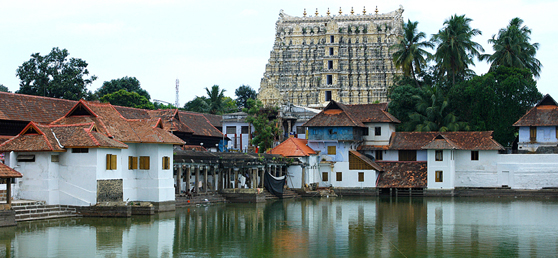 Temple location and history Located inside the East Fort in Thiruvananthapuram, the capital city of the State of Kerala in India is the Sree Padmanabha Swamy temple dedicated to Lord Vishnu. This temple is a blend of the Kerala and Dravidian styles of architecture. The history of Sree Padmanabhaswamy Temple dates back to 8th century. It is one of the 108 sacred Vishnu temples or Divya Desams in India. Divya Desams are the holiest abodes of the Lord Vishnu that are mentioned in the works of the Tamil Azhvars (saints). The presiding deity of this temple is Lord Vishnu, reclining on Anantha, the hooded Serpent. Marthanda Varma, the noted among Travancore kings did a major renovation to the temple and it resulted in the present day structure of the Sree Padmanabhaswamy temple. It was Marthanda Varma who introduced the Murajapam and Bhadra Deepam festivals in the temple. Murajapam, which literally means continuous chanting of prayers, is still conducted in the temple once in six years. In 1750, Marthanda Varma dedicated the kingdom of Travancore to Lord Padmanabha. Marthanda Varma vowed that the royal family will rule the state on behalf of Lord and he and his descendants would serve the kingdom as Padmanabha Dasa or the Servant of Lord Padmanabha. Since then the name of every Travancore King was preceded by the title Padmanabha Dasa. The donation of the kingdom of Travancore to Padmanabhaswamy was known as Thripadidanam. The current head of the Travancore Royal Family is Uthradom Thirunal Marthanda Varma. Thiruvananthapuram, the capital city of Kerala takes its name from the presiding deity of the Sree Padmanabha Swamy temple, who is also known as Anantha (one who reclines on the Serpent Ananatha). The word 'Thiruvananthapuram' literally means - the land of Sree Anantha Padmanabhaswamy. The Sree Padmanabhaswamy temple as per belief is located at a place that is considered as one of the seven Parasurama Kshetras. And references of this temple are there in texts like the Puranas, viz. the Skanda Purana and Padma Purana. The temple stands close to the holy tank - Padma Theertham, which means 'lotus spring.' The shrine is currently run by a trust headed by the erstwhile royal family of Travancore. The Idol The idol of the presiding deity of the Sree Padmanabhaswamy Temple is noted for its composition, which has 12008 salagramams, which were brought from Nepal, taken from the banks of the River Gandhaki. The garbhagriha or the sanctum sanctorum of Sree Padmanabhaswamy temple is located on a stone slab and the main idol, which is about 18 ft long, can be viewed through three different doors. The head and chest are seen through the first door; while the hands can be sighted through the second door and the feet through the third door. Aesthetics and architecture The temple architecture stands out for its work in stone and bronze. The temple interiors are adorned by beautiful paintings and murals. Some of them are that of the life-size images of Lord Vishnu in the reclining posture, Narasimha Swamy (half-lion, half man incarnation of Lord Vishnu), Lord Ganapati and Gaja Lakshmi. The temple has a dhwaja stamba (flag post) that is about 80 ft high and is covered with gold plated copper sheets. The temple also has some interesting structural features in the form of Bali Peeda Mandapam and Mukha Mandapam. These are halls, decorated with beautiful sculptures of various Hindu deities. Another structure that captures attention here is the Navagraha Mandapa the ceiling of which displays the navagrahas (the nine planets). Broad corridor with 365 and 1/4 sculptured granite stone pillars Extending from the eastern side into the sanctum sanctorum is a broad corridor which has 365 and one-quarter sculptured granite-stone pillars with beautiful carvings. There is a ground floor below under the main entrance in the eastern side, which is known as the nataka sala, where Kerala's classical art form - the Kathakali is performed during the annual ten-day festival at the temple, held during the Malayalam months of Meenam and Thulam. Worship time at the Sree Padmanabhaswamy temple Morning hours: 03:30 a.m. to 04:45 a.m. 06:30 a.m. to 07:00 a.m. 8.30 a.m. to 10:00 a.m. 10:30 a.m. to 11:00 a.m. 11:45 a.m. to 12:00 a.m. Evening hours: 05:00 p.m. to 06:15 p.m. 06:45 p.m. to 07:20 p.m. Please note that the temple worship timings are subject to change during festival occasion. Dress code to be followed at the temple: Only Hindus are permitted inside the temple. There is a strict dress code that needs to be followed while entering the temple. Men need to wear mundu or dhoti (worn around the waist and going down up to the heels) and should note wear shirts of any kind. Women need to wear sari, mundum neriyathum (set-mundu), skirt and blouse, or half sari. Dhotis are available for rent at the temple entrance. Nowadays temple authorities allow wearing of dhotis over pants or churidhar to avoid inconvenience to the devotees. Getting there: Nearest railway station: Thiruvananthapuram Central, about 1 km away. Nearest airport: Thiruvananthapuram International Airport, about 6 km away.
|
Wednesday, March 14, 2012
Some of the best Kerala Pilgrim centres
Subscribe to:
Post Comments (Atom)
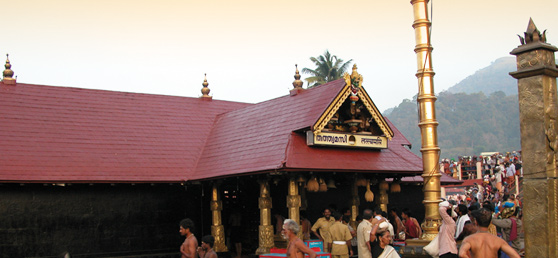
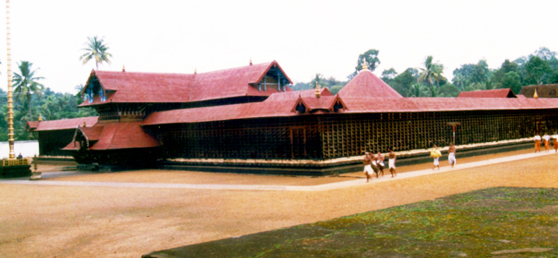
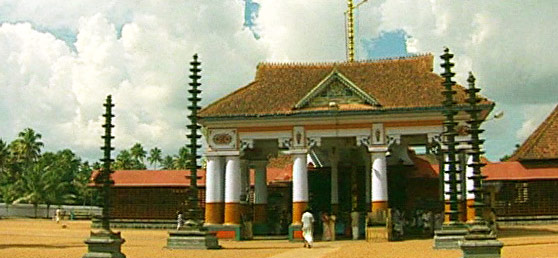
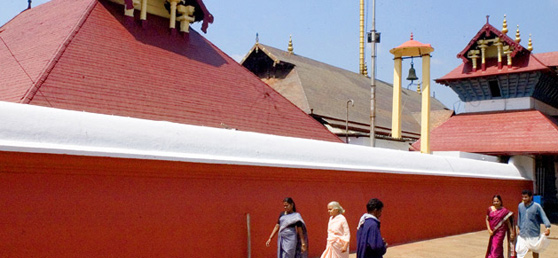
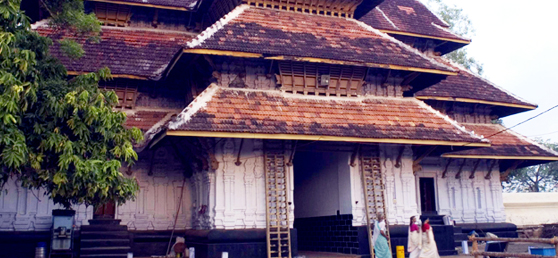

The Kerala is one of the most paradise tourist place in South India where temperature is always normal and tourists can feel cool wind blossoms and pleasurable places. Get more info about kerala pilgrim centres.
ReplyDelete